ABOUT HANSEN DISEASE IN INDIA
Hansen disease in India
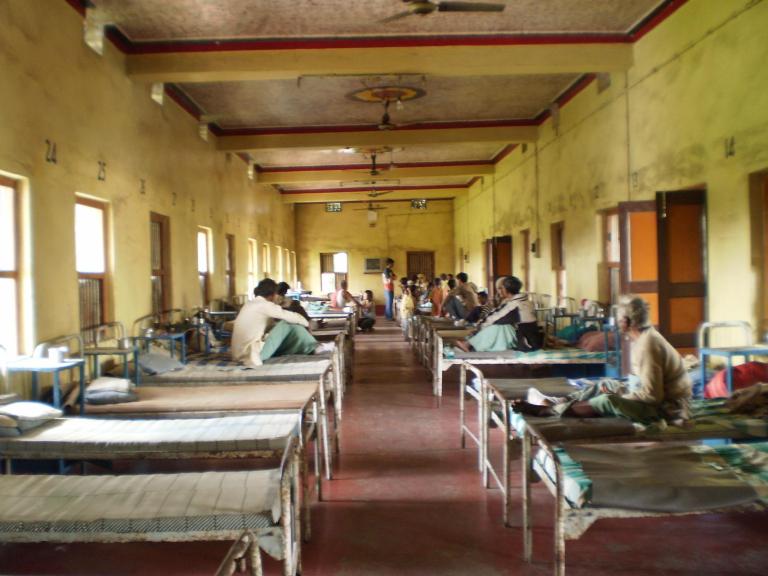
Number of new patients
The number of new patients at the end of 2014 is approximately 218,899. (According to WHO in 2014) Approximately 130,000 people are in India, followed by Brazil’s 35,000 people and Indonesia’s 17,000.
In 1991, WHO set a target of eliminating Hansen disease as a public health problem. Elimination was defined as reaching a prevalence of less than one case per 10,000 people. Although elimination in India was said to be impossible, we succeeded in elimination in 2005 by the hard efforts of the government and state governments.
However, there are still many people who get Hansen disease, and India is the country with the largest number of new patients.
Hansen disease colony in India
It is said that there are over 700 Indian Hansen disease colonies throughout India, even within the area which are investigate. However, both the number of colonies and the number of new patients cannot be accurately grasped, and it could be more than this number.
Many Hansen disease colonies are often scattered near the downtown area of the town or the station in order to beg. However, as Hansen disease patients and recovery persons often start to live and form colonies, colonies receiving approval and assistance from the government are few, and they are kicked out as owner of the land. There are also cases where neighboring residents are ignited at home.
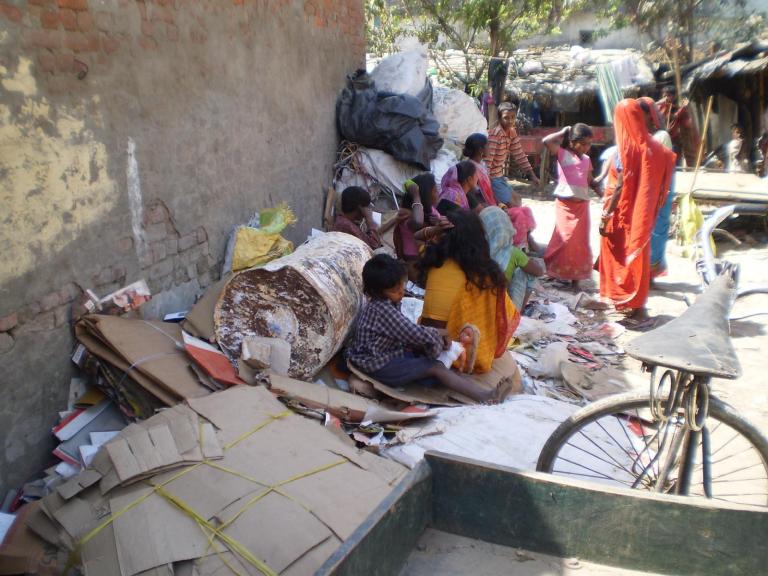
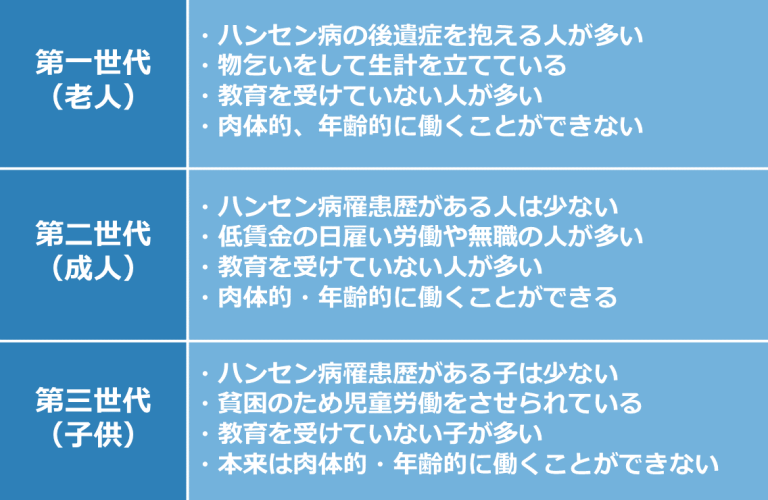
Member of Hansen disease colony
In Hansen disease colony, there are mainly 3 generations, which are restorative Hansen disease patients, their children and the grandchildren.
As India has not done quarantine policies on Hansen disease unusually in the world, many restorative Hansen disease patients get married to another restorative Hansen disease patient individual, then give birth to their children and become a family. The terrible thing about the Indian Hansen disease issue is that not only the recovery but also the chain of discrimination extends to their children and grandchildren. Although they are not affected by Hansen disease, it could be a subject to discrimination just by being born and raised in the Hansen disease colony.
For each generation, the following characteristics are listed.
Hansen disease issue in India
Poor living environment
Most Indian Hansen disease colonies do not have basic infrastructure such as water supply, drainage, electricity and toilets, and some colonies have poor environments as slums.
Most of the houses are constructed by soil, and garbage bags are put on the top. With heavy rain and typhoons during the rainy season, the roof could fall, or the house will collapse. In the house, because of unsanitary environment with exposed soil, it also causes deterioration of after-effects.
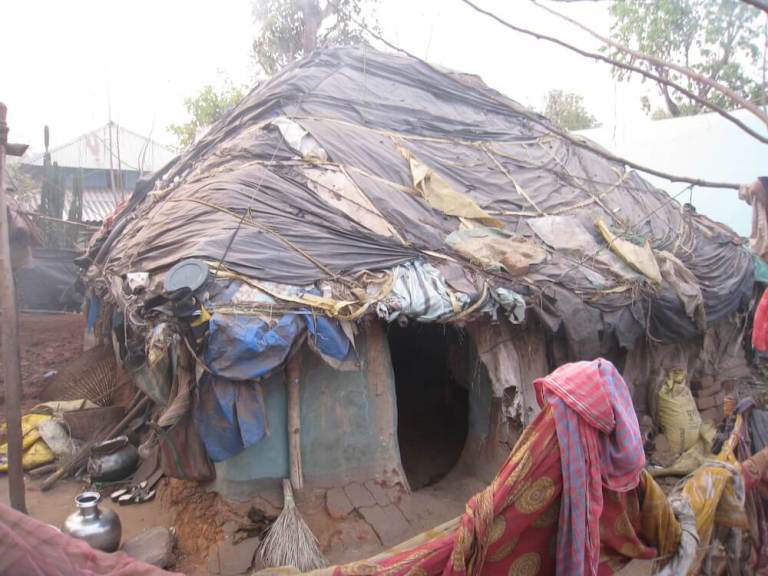
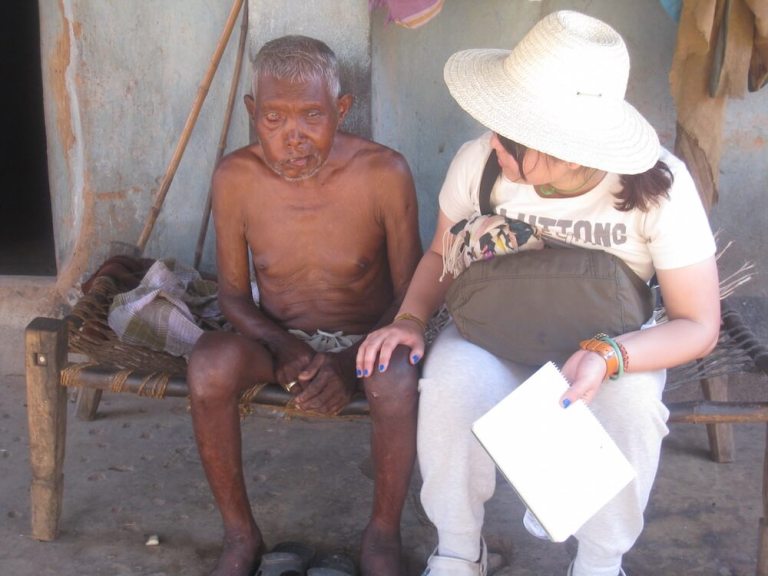
Lack of medical treatment
Life environment and physical care for the restorative Hansen disease patients with after-effects are not fully satisfactory. Although there are colonies with government aid, the current situation is that payment is irregular and small amount, so it is not possible to obtain medicine stably.
In addition, restorative Hansen disease patients who has heavy after-effects could be denied from the hospital because their deformed body could scare other patients.
Lack of employment opportunity
In India, once you get Hansen disease, you would be out of caste (profession) and belong to untouchable. Being out of the caste (professionalism) means that you cannot get job, and untouchable people can only earn money by begging.
They put people who are affected by Hansen disease with heavy after-effect on a cart called Begging-Cart, and go to market nearby for begging. Some people give them money with compassionate eyes, but some people would spit on them.

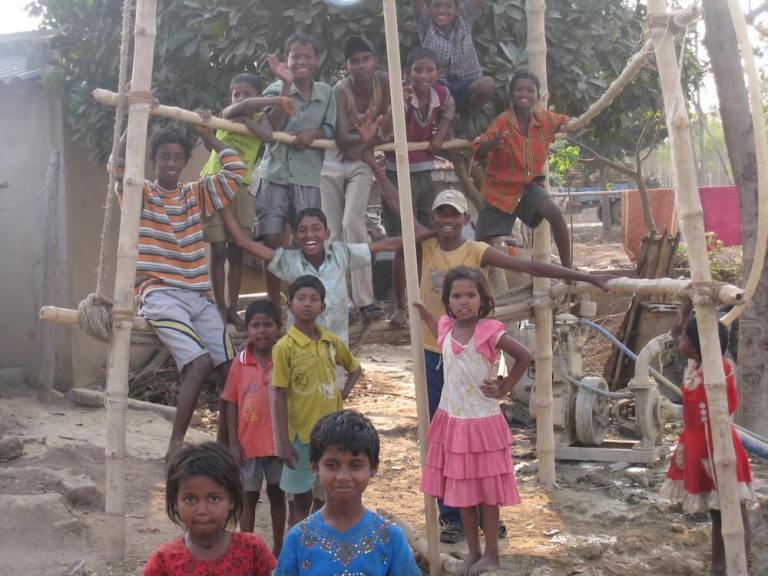
Lack of education
In Indian Hansen disease colonies, there are many children who cannot go to school because of poverty and stigma. A child with poor family drop out from school and become wandering around the city while doing child-labor and begging.
There are also children who get bullied at school just because they are from a Hansen disease colony and drop out. These experiences deprive children of not only opportunities for education but also deprive themselves of self-esteem and hope.
Discrimination and Prejudice
In India, even if Hansen disease is cured, the stigma as an untouchable will not disappear, and persistent discrimination will remain. Once a person who has fallen to an untouchable cannot return to caste (work) nor be treated as the same person again.
The stigma from the surrounding residents deprive the people in the leprosy colonies of their self-esteem and make them think that “they are not worth living”, and create self-stigma on them.
